
Meet the tardigrade, arguably one of the most amazing animals on this planet. Also known as the 'water bear', this microscopic animal is capable of withstanding extreme conditions such as surviving in boiling water, being frozen, high levels of radiation and even the vacuum of space.
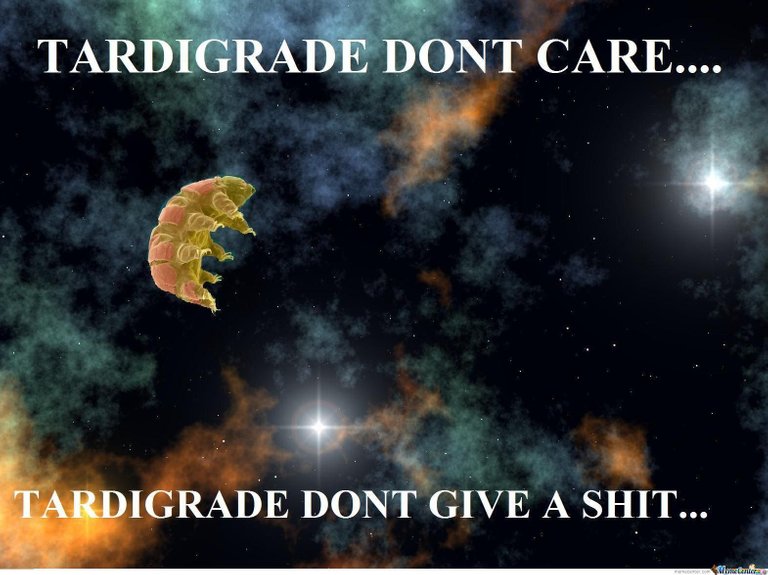
They are by far the toughest and one of the most fascinating creatures on the planet. A human can only survive around 100 hours without water, whereas the tardigrade can survive total dehydration for decades. Most organisms need water to survive, the water allows for metabolism, which allows for all the chemical reactions that take place in cells to occur. However, the Tardigrade gets around this through a process known as Anhydrobiosis, which in Greek means 'life without water'.
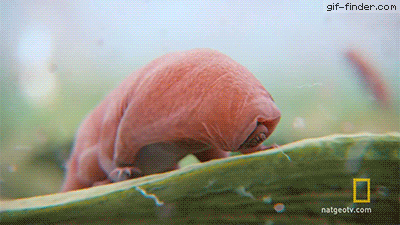
Interestingly, they aren't the only organism that has the ability to do this. Bacteria, some plant cells, single-celled organisms called archaea, and even other invertebrates such as the brine shrimp, also have this ability.
How does this process work?
Well, for this state to occur, the organism has to go into a 'tun state' where their bodies curl up into a little ball.
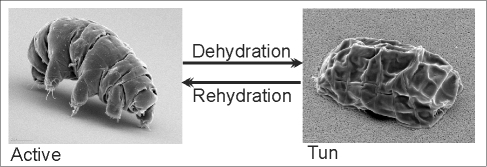
A sugar called trehalose moves into their cells to replace the lost water, preserving their cells intact. This also protects components that are sensitive to dryness such as proteins, DNA, and membranes and prohibits them from breaking apart.

Their metabolism lowers to death like a state of around >0.01% of normal levels. Their bodies shut down into a dormant state until water returns. Upon rehydration, the tardigrades return to their active state, a process that can take minutes or hours depending on how long they have been in the anhydrobiotic state.
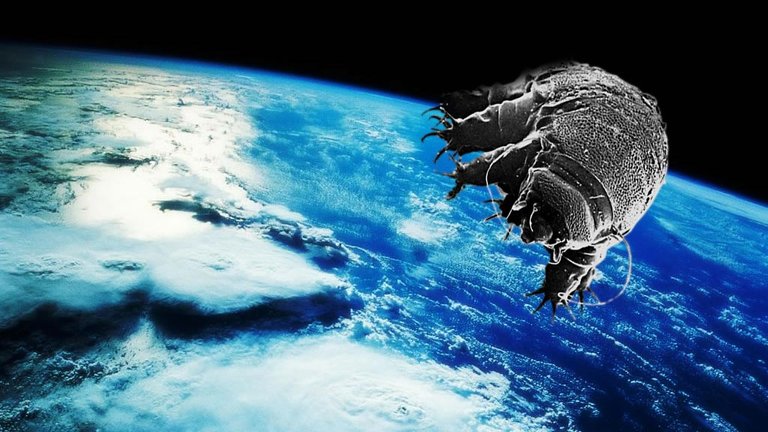
Due to its amazing nature and ability to survive in space and be subject to such extreme conditions, it was originally speculated that this tiny being was extraterrestrial. It has now been concluded from scientists evidence, however, that they are in fact from this planet, and date back to the pre-Cambrian period (over 600 million years ago) and have evolved through time. Now, there are 11,000 known species and probably many left to be discovered.
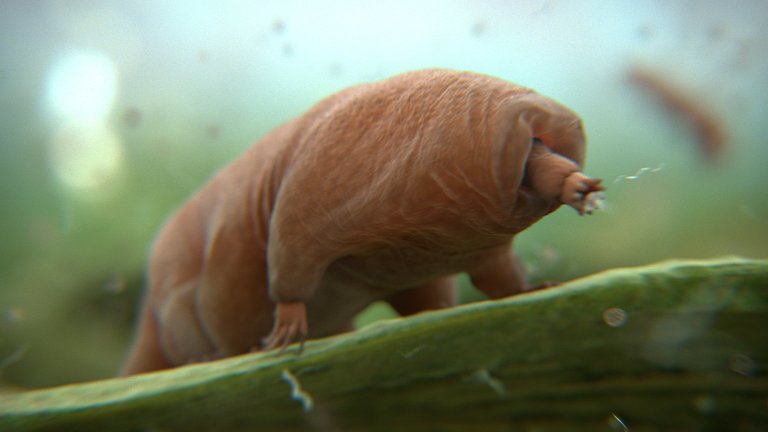
Where can you find them?
Because of their hardiness, they live about everywhere, on every continent of earth and in the deepest oceans to the highest mountain peaks. They can even be found in back gardens and forests. They have survived all five mass extinctions and have been around longer than every other living organism.
The real question is - can life survive in locations less hospitable than our own?
Hope you enjoyed this post about the mighty tardigrade!
You may also enjoy these posts;
Dead weird ways to die - Episode 1
Dead weird ways to die - Episode 2
Dead weird ways to die - Episode 3
Unsolved murder mysteries - The case of the Black Dahlia

Animal 4g ,,what..??
Those animals are so freaking amazing!
I mean... they can survive almost anything you could throw at them. They just don't care.
It's amazing! I just can't believe they have survived all 5 mass extinctions, looks like they will probably outlive the human race